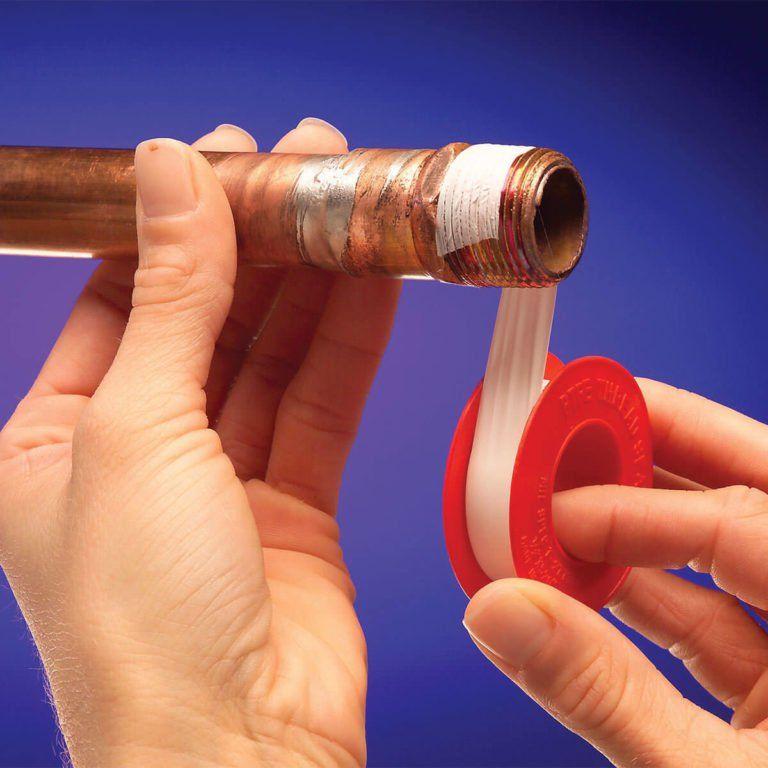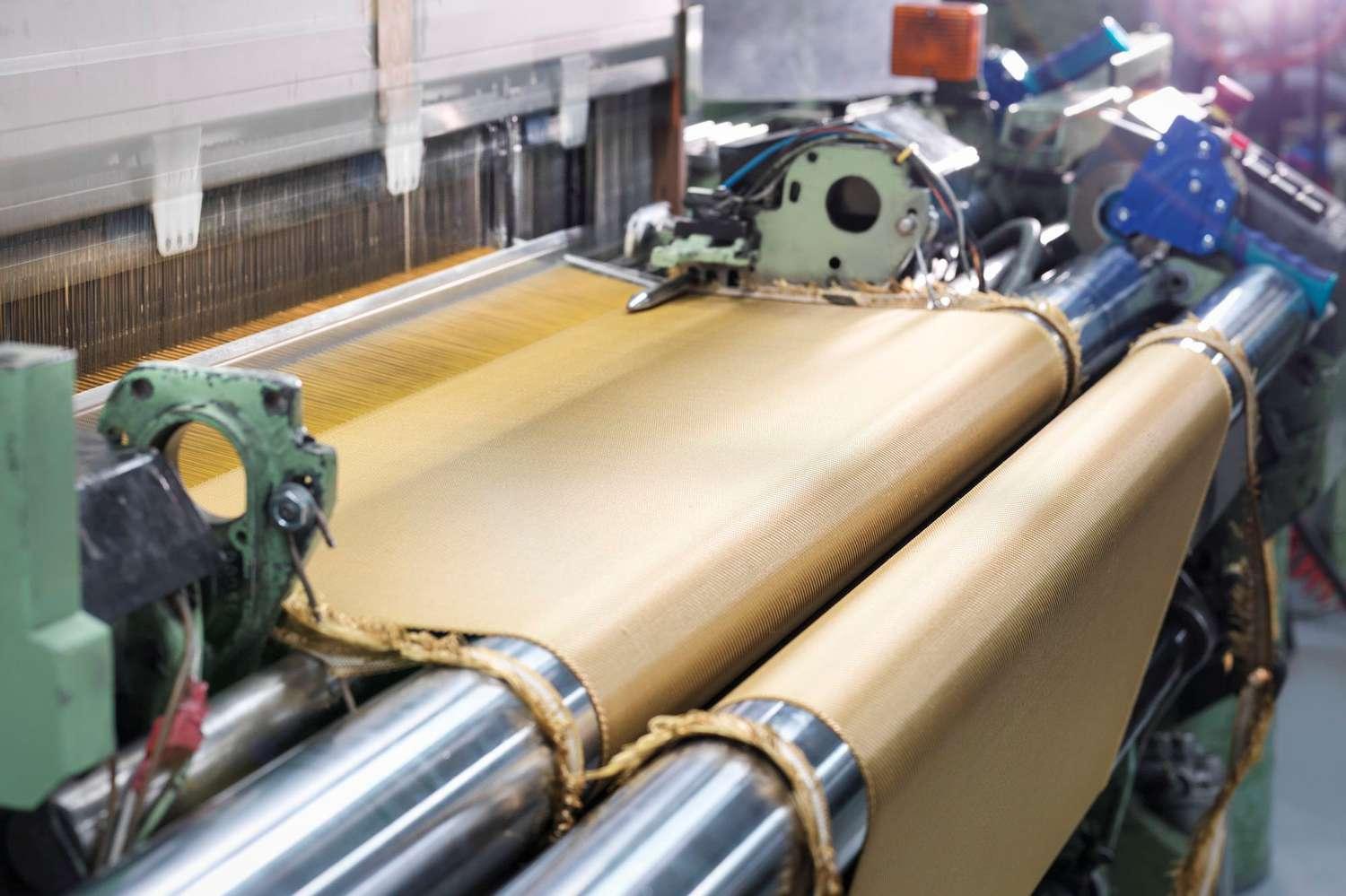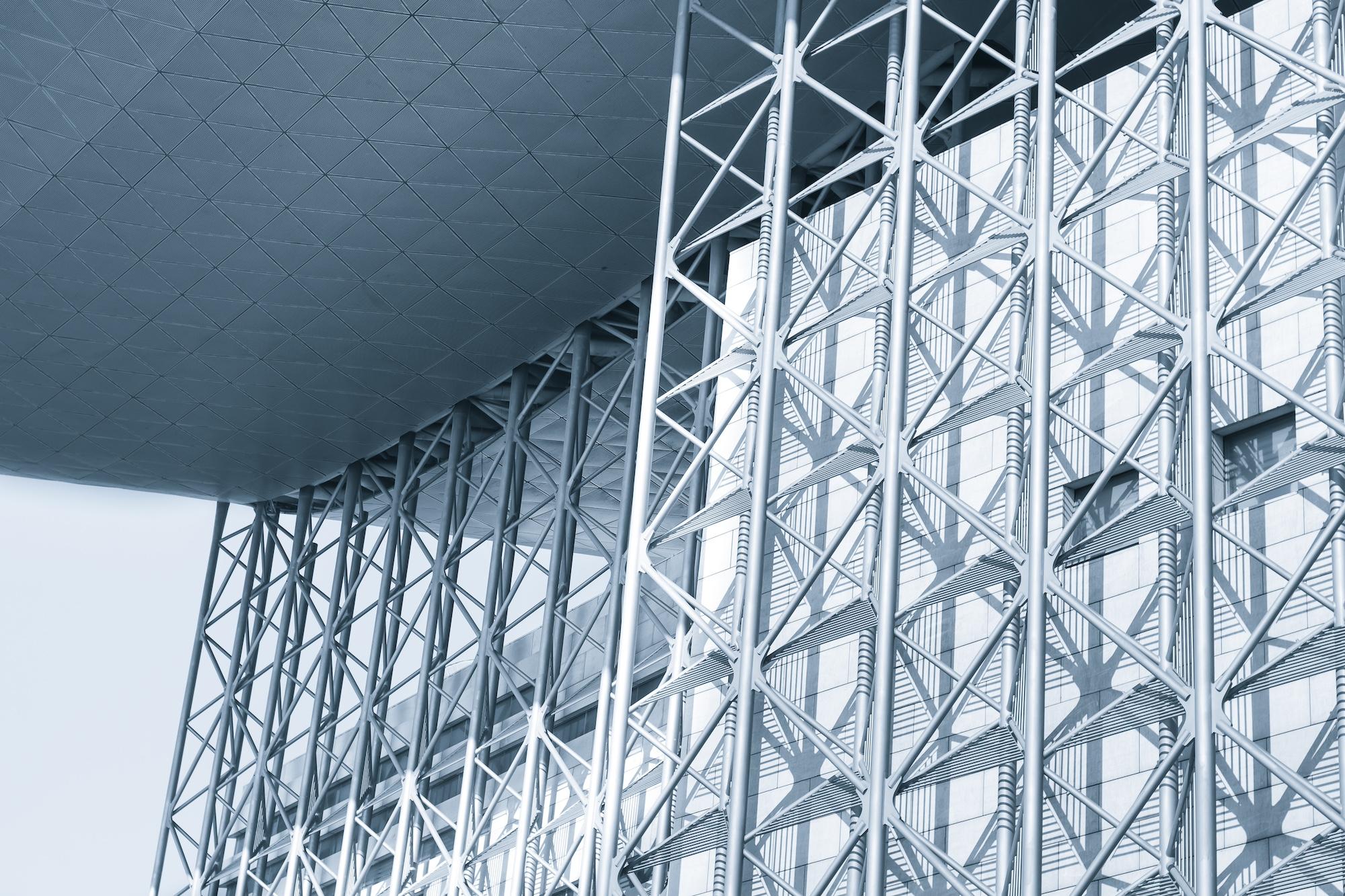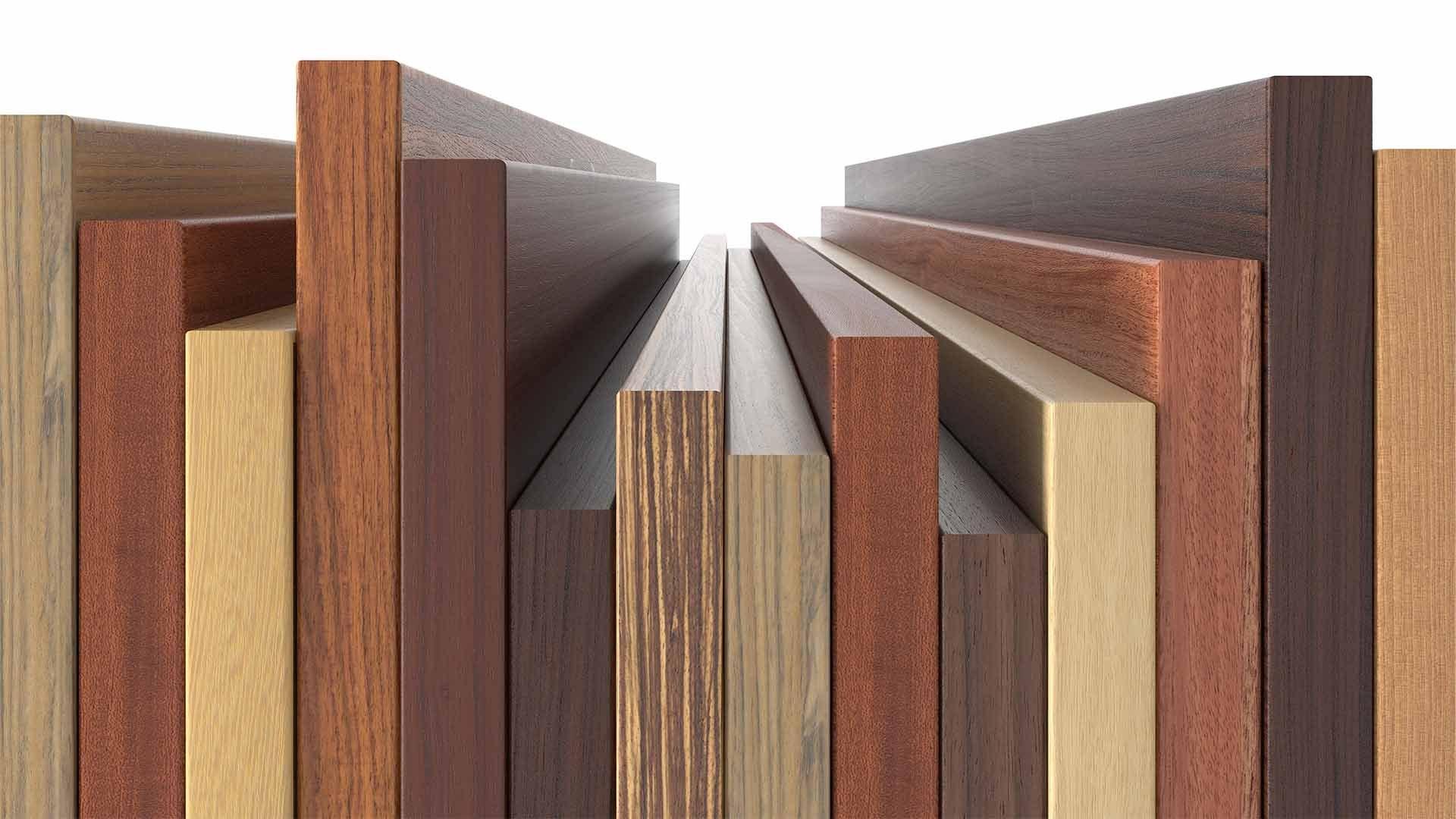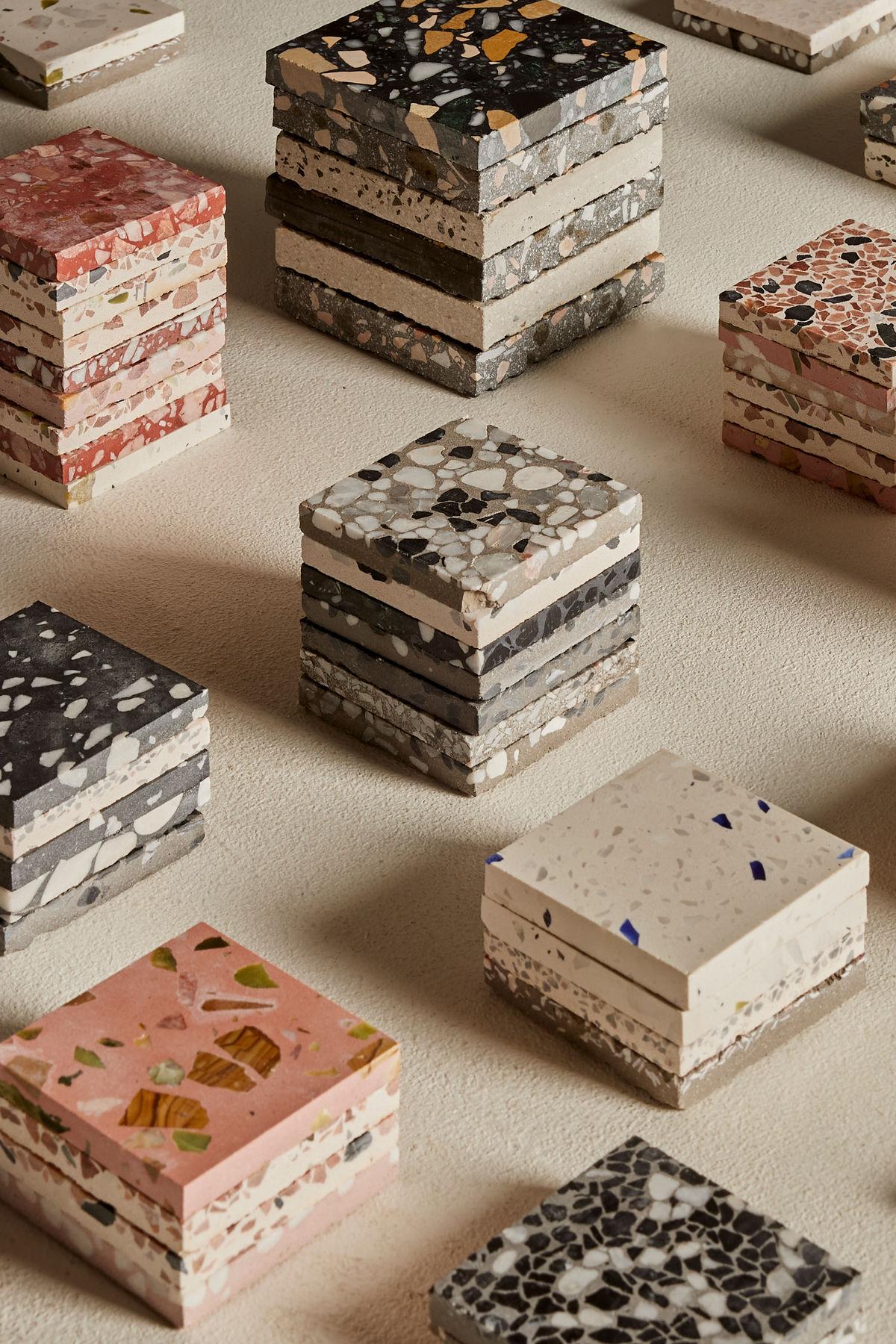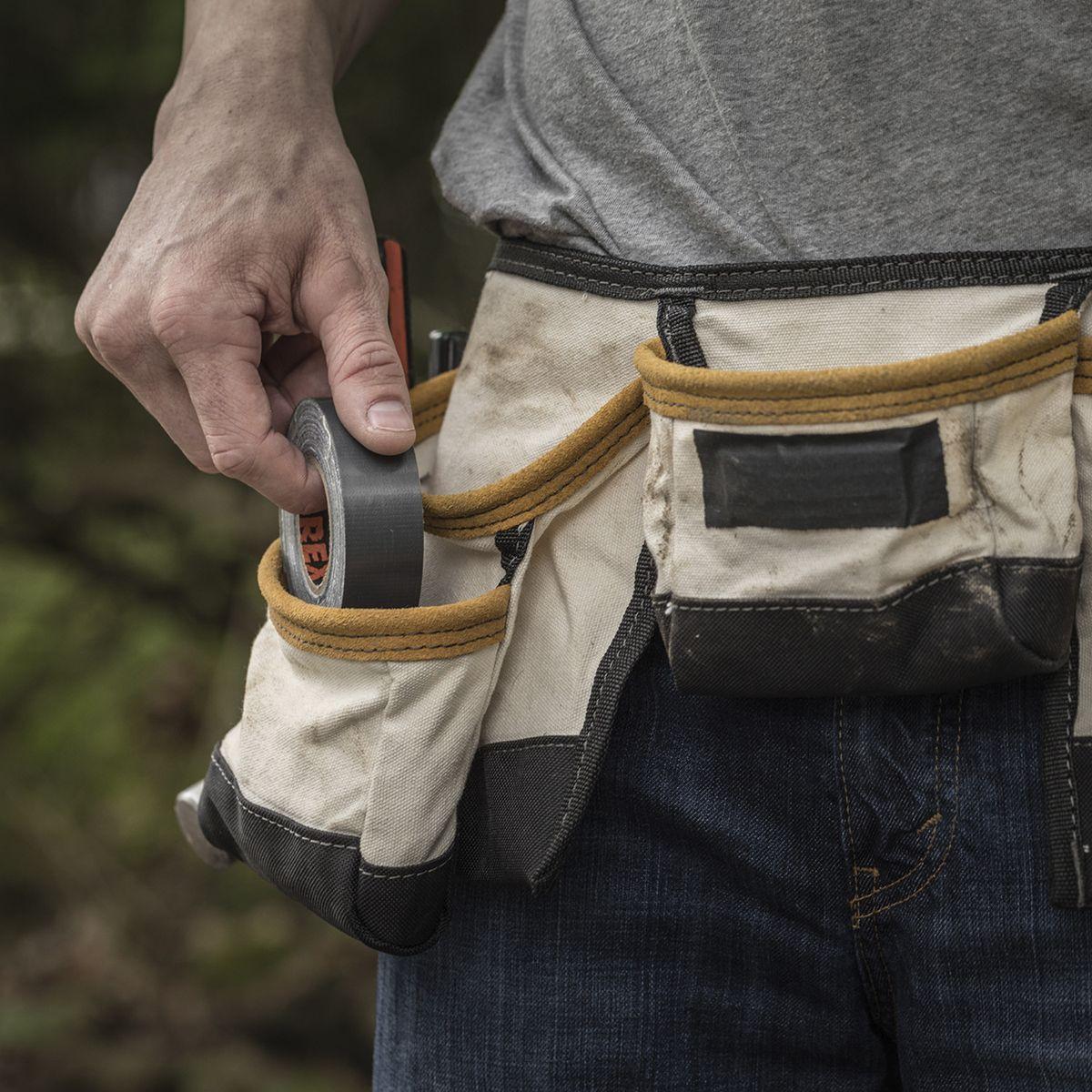7 factors that damage Epoxy Floors in Factories
Jul 27 • 5 min read

What Causes Epoxy Damage?
Because the applicator did not do it Properly!
Most of the Plant/ Facility managers believe the above reason for Epoxy damage. However, it is not always true.
Epoxy is a tricky material and gets affected by a number of factors – within and beyond applicator’s control. Some of you would be surprised to know that even after setting, numerous factors can act to damage Epoxy. Weather conditions and Nature of plant operations are an example of the same.
Here is a list of 7 factors that impact the quality and durability of Epoxy Floors.
Too Hot or Cold Temperature
What it does to Epoxy?
Too hot or too Cold Temperature or even temperature fluctuation lead to Peeling off or an uneven coat of Epoxy.
How does it happen?
Resin and Hardener need the right temperature to set. The ideal temperature range for Epoxy to set is between 20 to 30 degree Celsius.
If the conditions are not right while the Epoxy is setting – it won’t lay correctly on the floor. Moreover – changes in temperature lead to condensation – which increases moisture that is again a problem for Epoxy.
Therefore, too hot or cold temperature results in a weak Epoxy surface.
Humidity and Moisture
What it does to Epoxy?
Humidity and Moisture lead to Bubbles and blisters on the surface. Sometimes, moisture also results in the coat getting peeled off.
How does it happen?
For Epoxy to be long-lasting, it is important to have a completely dry surface and atmosphere.
Even if complete dryness is maintained while laying Epoxy, the slightest increase in Humidity/ moisture can deteriorate Epoxy even after a few weeks of application.
Therefore, if your plant/ warehouse has Epoxy Flooring, it is necessary to always (I repeat – ALWAYS!) maintain a completely dry surface and control humidity levels.
The three primary sources of humidity/ moisture that need to be kept in check are:
Humidity from the atmosphere – due to weather conditions.
Moisture from beneath the concrete surface, that can seep out under the Epoxy layer.
Nature of operations or housekeeping methods in the premises.
UV Exposure
What it does to Epoxy?
UV Exposure leads to discoloration or Bubbles on Epoxy surface.
How does it happen?
UV radiations can deteriorate Epoxy even if it is set already.
Signs of damage from UV exposure can be clearly seen if some part of the Epoxy floor has elongated exposure to sunlight. UV radiations darken the color of Epoxy coating.
Under increased exposure, UV radiations distort the monomer linkage leading to swelling of the coat – resulting in bubbles on the surface.
Therefore, it is recommended to refrain from Epoxy coating in areas where there is a possibility of UV Exposure.
Too Smooth or Too Rough Base Surface
What it does to Epoxy?
Epoxy layer will get peeled off if the base surface is too smooth. If the base surface is too rough, it will lead to development of bubbles, blisters and pin holes on the Epoxy Surface.
For a strong bond between Epoxy and the base surface, it needs to have an optimal level of roughness.
If the base surface is too smooth - Resin fails to bond with the surface.
What happens How does it happen?
If it is too rough?
Roughness is an indicator of high levels of porosity in concrete.
The pores allow air to rise beneath Epoxy. If the air remains trapped under Resin – it results in surface bubbles. If the air escapes – it results in pinholes or craters.
Presence of Oil/Lubricants or other Contaminants on the Base Floor
What it does to Epoxy?
Presence of oil, lubricants or any other contaminants on the base floor lead to Peeling of Epoxy.

Peeled Off Epoxy which was originally white
How does it happen?
Oil or other materials get trapped between the base surface and Epoxy layer. Thus creating an obstruction for Epoxy to adhere to the base floor. Finally, this results in peeling.
It is important that the floor is clean before application. Also, pay attention to dark patches on base concrete floor – it might be due to adsorption of oil/ lubricants in concrete.
Even after setting of Epoxy, exposure to oil/ lubricants is not recommended. As the Epoxy coat starts to slip and finally peels off.
Too fast or too slow application
What it does to Epoxy?

Bubbles and Pinholes on Epoxy Surface due to too fast or slow application
If Epoxy application is done in a hurry, it leads to Blistering (i.e. Bubbles, Pin Holes and Craters). If done too slowly, it results in a low quality or discolored Epoxy.
How does it happen?
Both Fast and Slow speed of application are deteriorating factors for Epoxy.
Each coat needs a specific time to cure. While drying and curing, the Resin and Hardener actually undergo some complex chemical reactions releasing gases in the process. These effluent gases from the bottom layers get blocked by the layers above.
If they get trapped by the top layer – bubbles come on the surface.
If they escape – it makes pinholes or craters.
What happens in case of slow application?
if the installer waits for too long to apply Epoxy, its pot life may get exceeded. Even though it might look workable, but still will lead to low quality or discolored Epoxy.
Material Handling Methods – Forklifts, MHEs, Trolleys

Hardness of Forklifts is more than Epoxy coatings thus they scratch the floor
What it does to Epoxy?
If Forklifts or heavy MHE vehicles cause serious damage to Epoxy floors. The damage from these start as harmless tire marks which finally develops into big patches. The transition happens as follows:
Tire Marks à Scratches à Cracks à Patches
How does it happen?
There is a simple principle behind this – Harder Materials Scratch Softer Materials.
Epoxy as a substance is not capable enough (read – hard enough) to withstand abrasion from Forklifts, MHEs or Metallic Wheels. They are much harder than Epoxy and leave scratches on its surface.
These scratches get severed by continuous running over them. As a result, they develop into cracks and then into patches.
It is therefore not recommended to have Epoxy Floors – if using Forklifts. Vice versa is also true.
Our Clients








Related Blogs
